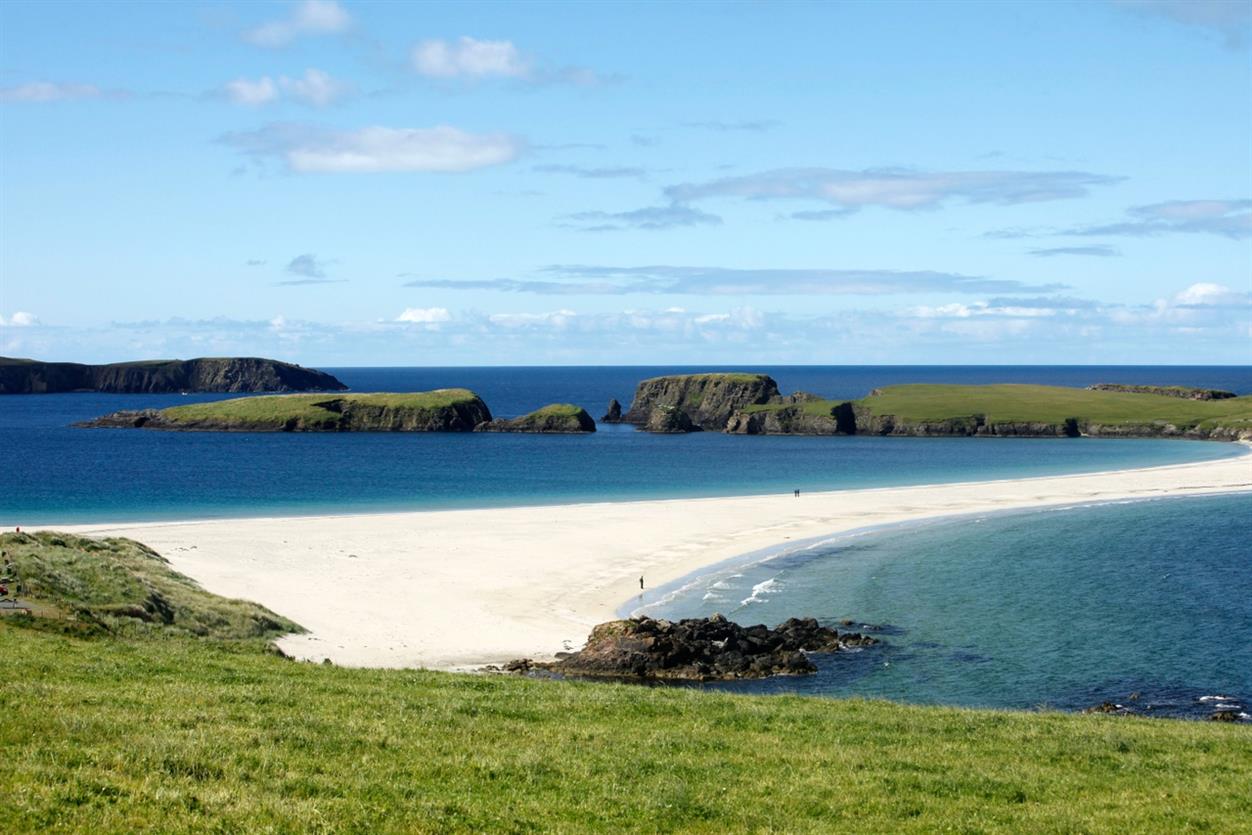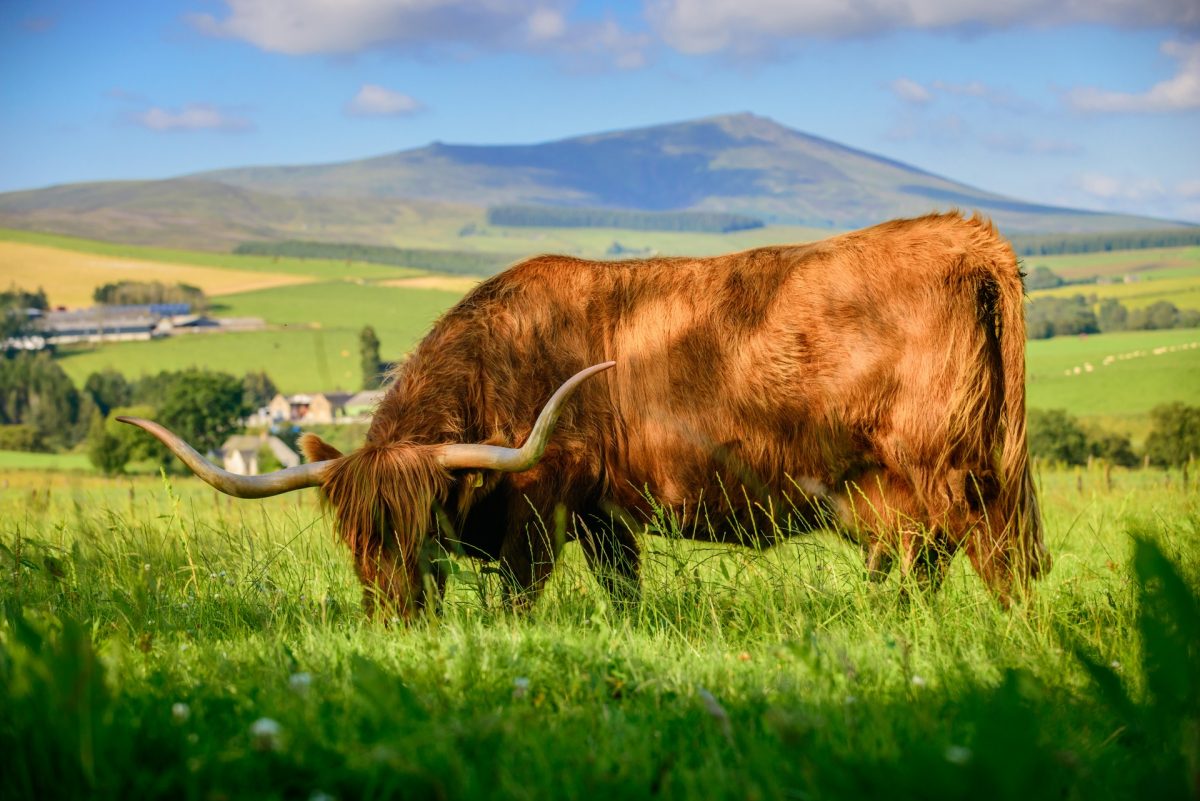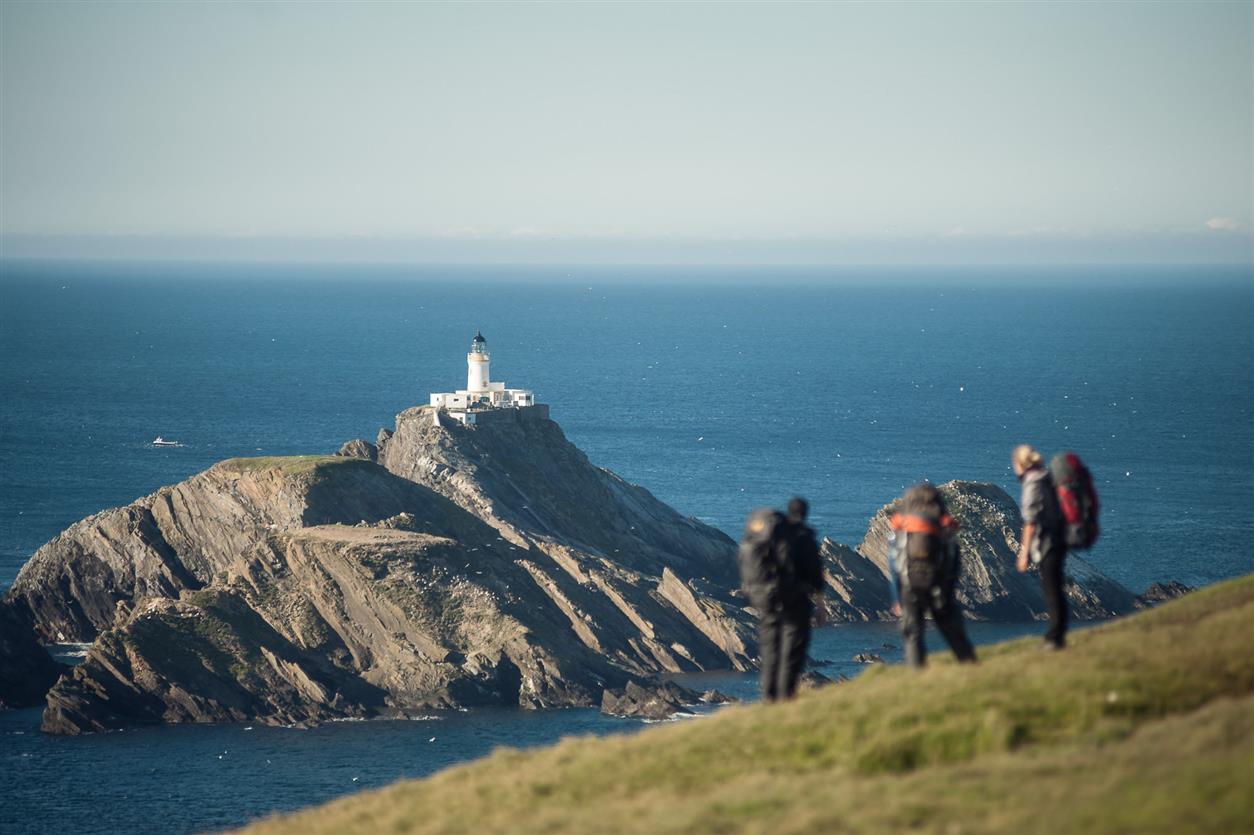TRAVEL AND EXPLORATION IN THE SHETTLAND ISLANDS
Northern Scotland is home to a rough archipelago of over a hundred islands, just fifteen of which are inhabited. These islands are sandwiched between the mighty North Sea, the Atlantic Ocean, and the infinite sky.
THE SHETLAND ISLANDS
The Shetland Islands are a British territory that are roughly on the same latitude as southern Greenland. The Norse word for “High Land,” Hjaltland, is where the name derives from. It is a place of indigo lochs, rough peat-covered hills, and rich antiquity, but there are hardly any trees here.
Ultima Thule, a Roman word that translates to “final frontier,” provides healthy, rejuvenating air. For someone like me who adores islands, Shetland is a one-of-a-kind paradise.

LERWICK, SHETLAND ISLANDS
My introduction to Shetland and the might of Scotland came in the form of the capital, Lerwick, Britain’s most northern town. This town has dual identities, serving as both a bustling port and a destination for vacationers.
Within 15 minutes of my arrival, I was out on the seafront, breathing deeply and feeling energized by the sight and smell of the glorious peppermint-colored pounding sea, with its eclectic mix of pleasure boats, visiting yachts, historic craft, working fishing boats, motor cruisers, and even a glamorous cruise liner that might be on its way to Iceland.

VISITING SCOTLAND’S SHETLAND ISLANDS
Starting off as an unauthorized market for Dutch herring ships in the 17th century, today’s Lerwick is one of the most important ports in the country. It was once a cluster of shacks erected for the exclusive purpose of conducting business with the Dutch.
Due to its illegal status and reports of alleged immorality, the court ordered the demolition of the shabby hamlet in and around a Leir-Vik, Norse for “muddy bay,” in 1615.
The authorities insisted on torching the seasonal village every year after the Dutch had left for the summer.
A religious local commented on the “great abomination and wickedness committed annually by the Hollanders and country people…”Commercial Street in Lerwick is paved with stone flags and is full of blind corners, twists, turns, and alleys so tight that two cars cannot pass each other.
Lerwick, the town’s pulsating heart and the first stop for most visitors, stretches for a mile in a parallel direction to the water. It’s a great place to go ferreting. As I wandered around, I was amazed to see local artisans hard at work making everything from silverware and pottery to glassware, lace, and knitwear.
The Shetland Islands in Scotland have some of the world’s most beautiful sunsets.
CRAFT TRADITION IN THE SHETLAND ISLANDS
Recent excavations have shown what has long been suspected: that the original Shetlanders made all they needed out of readily available materials.
It took me less than five minutes to reach the Böd from the middle of Gremista. Typical of Böd architecture from the 18th century, it served as a marketplace and home to fishermen and their gear. In 1792, Arthur Anderson was born in this city, making him a co-founder of P & O Ferries. It has been transformed into a museum celebrating his legacy and is furnished in the customary Shetland style.
The Shetland Islands were home to many different kinds of birds, including the puffin.
THE SHETLAND ISLANDS ARE AN AWE-INSPIRING HIGH LAND
After staying in Lerwick for a while, I decided to travel to the South Mainland, sometimes known as Shetland’s “tail,” a long, narrow spit of land about three to four miles (about 6.4 km) wide and 25 miles (40 km) long.
I was eager to finally visit the magnificent cliffs of Sumburgh Head and Fitful Head that I had heard so much about. It was one of the most beautiful places I’ve ever seen, and the Shetlands did not disappoint.
From rough, purple and magenta heather-clad hills to lush lowland grassland, a chorus of russet and greens, to dramatic towering cliffs, clefts, and caves, or smoothed out in stretches of brilliant white sands, I was awed by the range of landscapes I saw.
Clear silver streams rumble and fall between stones to reach long inlets backed by acres of moorland, and beyond them, colorful, fragrant floral fields of small crofts go down to the sea.
The Shetland Islands off the coast of Scotland are home to the wild and wooly Shetland pony.
SHEEP IN THE SHETLAND ISLANDS
There are around fifteen times as many sheep as people, since I counted flocks of white dots everywhere I looked. Here, you may go close to nature without any trouble.
As a city dweller, I found peace in observing the seabird families that filled the cliffs as they went about their loud business.
Ruddy Ducks, gannets with wingspans of six feet (1.8 meters), kittiwakes, green-winged teals, and large colonies of puffins, sometimes known as tammie norries, are just few of the many birds that call Shetland home.
I boarded the Lilliputian passenger boat near Leebitton, around halfway between the starting point and Sumburgh Head. The short ferry ride to the tiny island of Mousa takes place between the middle of April and the middle of September.
When feeding on schools of fish in Mousa Sound, it is not uncommon to observe seals and porpoises, which the locals name “Neesiks,” up close and personal during the crossing.
TRAVEL GUIDE TO SCOTTISH LORE AND TRADITION
In all of Europe and the United Kingdom, the Broch (a fortified Iron Age tower) in Mousa is the best preserved. Originally constructed as a refuge from warring tribes over 2,000 years ago, the 40-foot-tall (12 m) edifice has a remarkable presence and is referenced in the Sagas as a safe haven for an eloping couple.
The pathway to this time capsule’s courtyard, which is lined with beehive-like chambers, is quite low.
In the crevices between the walls is a rough, pitch-black stairs. The lantern (or flashlight, for our American friends) provided will come in handy as you make your way down the steps. The broch is a popular site for both archaeologists and ornithologists due to the large number of birds, including as terns, Arctic skuas, and black guillemots, who visit it.
Breeding season for the tiny storm petrels (even smaller than starlings) begins in May and continues through late July. They spend the day fishing at sea and then make their loud way back to their nests at night.
When conditions are favorable, the ferry leaves at 11 p.m. to take passengers to the broch during the “simmerdim” darkness. You should definitely listen to the birds singing.
THE SHETLAND ISLANDS IS A BUCKET LIST TRAVEL DESTINATION
My time in Shetland was coming to a close, but I couldn’t resist making the journey to the island’s southernmost point, Old Scatness. This was the home of the nationally famous and fearless Betty Mouat in the 1880s. Old Betty was a skilled knitter and spinner who specialized in shawls in the warm, natural tones seen across the islands.
The skipper of the fishing smack Columbine sadly drowned on the ship’s routine trip to Lerwick to sell the catch. The other two sailors launched a boat to come to his aid, but ultimately failed.
Betty was stuck on board when the Columbine set sail; despite their best efforts, the crew was unable to catch up with the smack and had to settle for following it at a distance. When the crew returned to shore, they raised the alarm and began searching for the missing Columbine, but they were unsuccessful. What a bummer, Betty!
It’s unclear how she avoided drowning for nine days at sea. She was saved from a shipwreck off the coast of Norway and returned to Scotland, where she was greeted as a hero. Betty’s cottage, which is now a traditional but comfortable self-catering alternative, is a lasting tribute to her.




